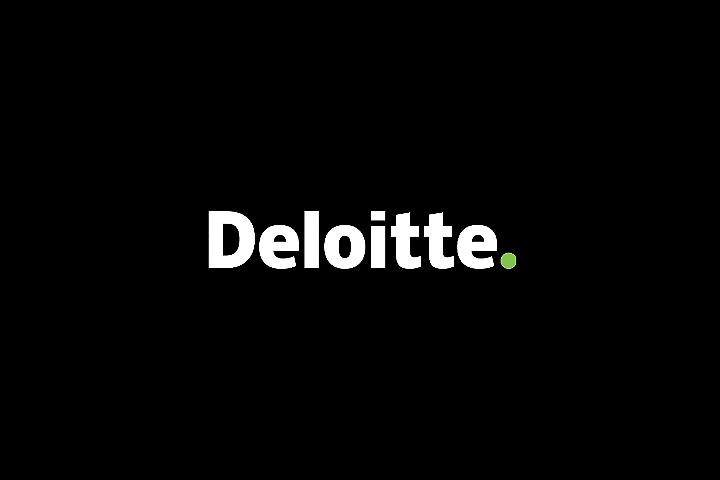Hiring and performance management strategies that maximise your talent potential
The talent attraction and retention landscape is changing, as medium- to high-skilled workers become scarcer. 52% of CHROs identify a shortage of talent as the primary challenge facing their organisations today with 83% of tech CIOs believing their biggest challenge to be accessing the right skilled workers. To address this challenge organisations are becoming increasingly creative about where they can acquire the right skills and the right talent to remain competitive. This has led them to investigate alternative or hidden talent pools to meet their demand.
Alternative talent pools refer to segments of the potential workforce that may not be traditionally hired into a particular role. It may also refer to hidden talent in the form of abilities or skills a person possesses that are not overtly apparent to others. They may be ‘hidden’ due to a failure of recognition, a lack of exposure, or simply due to the absence of an opportunity to showcase them.
Adjusting an organisations talent acquisition process to attract this alternative talent pools is not a simple endeavour. It relies on organisations shifting their focus about who they recruit in the first instance, how they recognise and value skills, and then being willing to transform their talent acquisition process.
- Embracing Flexibility and Shifting Perspectives in Applicant Criteria
By embracing a more flexible approach to applicant criteria, organisations have witnessed success by: focusing on skills rather than qualifications, searching for aptitude and attitude, updating systems and algorithms, generating new search terms and providing training to recruiters and hiring managers on how to screen and assess candidates in a new way.
- Embracing Diversity, Equity and Inclusion - Neurodiverse Talent
Deloitte research has found unemployment for neurodivergent adults runs at least as high as 30-40%, which is eight times the rate for people without disabilities, which means employers are missing out on a talent pool that includes greater diversity of thought, innovation, and creativity to name but a few characteristics. To successfully attract this talent, it is important to emphasise a flexible recruitment process, tailored to the individual. Ways of working also need to be defined and implemented to enable the individual to be successful on joining the organisation. How might your onboarding process support such candidates?
- Embracing Diversity, Equity and Inclusion - Transforming the Culture
Organisations may seek to transform the culture of the business altogether, beyond recruitment alone, to facilitate onboarding candidates who could otherwise consider the organisation out of their remit. This culture transformation may include reviewing the organisation’s corporate social responsibility efforts towards inclusivity, by identifying and implementing strategies that proved successful in accessing and attracting a diverse talent pool.
The acquisition of hidden talent can create competitive advantage and have long-term benefits for any organisation allowing diverse perspectives and ideas in the workplace. Those classed as ‘hidden talent’ tend to have unique experiences, and acquiring such individuals ensures there is an array of skills and knowledge that is not traditionally found within an industry, enabling innovation to soar. Searching for hidden talent can also lead to improvements in recruitment and onboarding processes by testing new approaches and methods.
Expanding the profile of the employee base bolsters feelings of inclusion, allowing employees to feel fulfilled and highly engaged in the work that they do, maximising job satisfaction and minimising turnover. There are added advantages of internal mobility, often enabling individuals to fulfil multiple roles within an organisation. Having an ability to tap into these internal talent pools by focusing on re-skilling and re-engaging, can not only drive down costs, but will also make for a more engaged and adaptable workforce.
Ultimately, alternative talent pools and hidden talent could be the solution to the burgeoning skills gap if organisations are willing to accept non-traditional applicants and work on how they can rise to the challenge of recruiting these individuals. Are you ready to break free from conventional thinking and question your existing approach?






